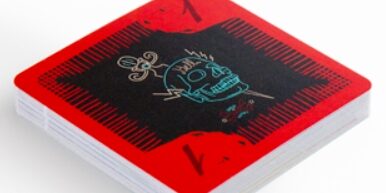Last time, we covered how to effectively design board games by using game components, and this one follows up.
1. Effective prototyping
How to effectively design board games? Leveraging digital tools to create and test prototypes can save time and resources. Digital prototypes allow for quick adjustments and iterations, enabling designers to improve board game components before committing to actual production. 3D printing is a valuable tool for creating custom board game parts quickly and cost-effectively. It allows designers to make physical prototypes of board game pieces, test their functionality, and make adjustments before mass production.
2. Streamlining production
Ordering board game parts and components in bulk can significantly reduce costs and streamline production. Bulk manufacturing enables economies of scale, reduces unit costs, and simplifies the production process. Effective coordination with suppliers is essential to ensure that components are produced to specification and delivered on time. Clear communication and established relationships with suppliers help avoid delays and additional costs.
3. User-centered design
Incorporating feedback from playtesting is essential to improving board game design and visual elements. Playtesting provides valuable insights into how components work in practice and helps identify areas for improvement.













